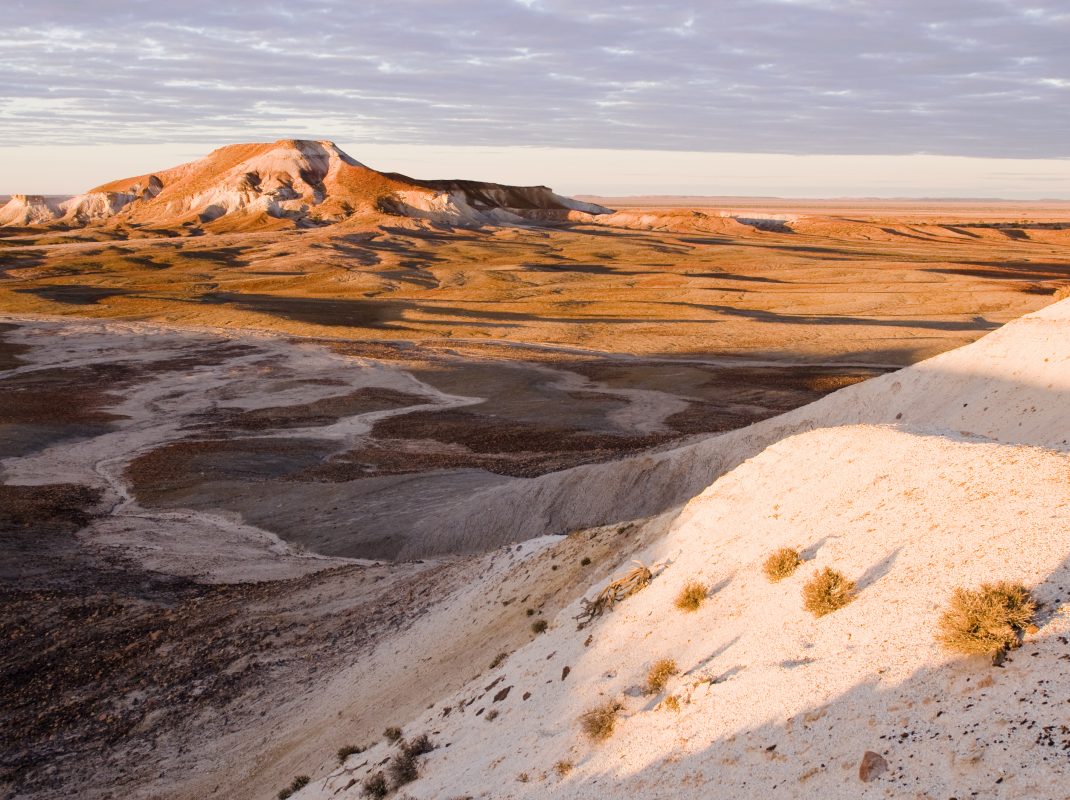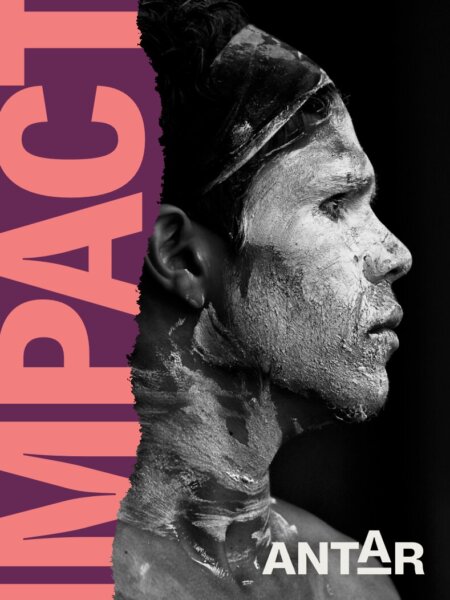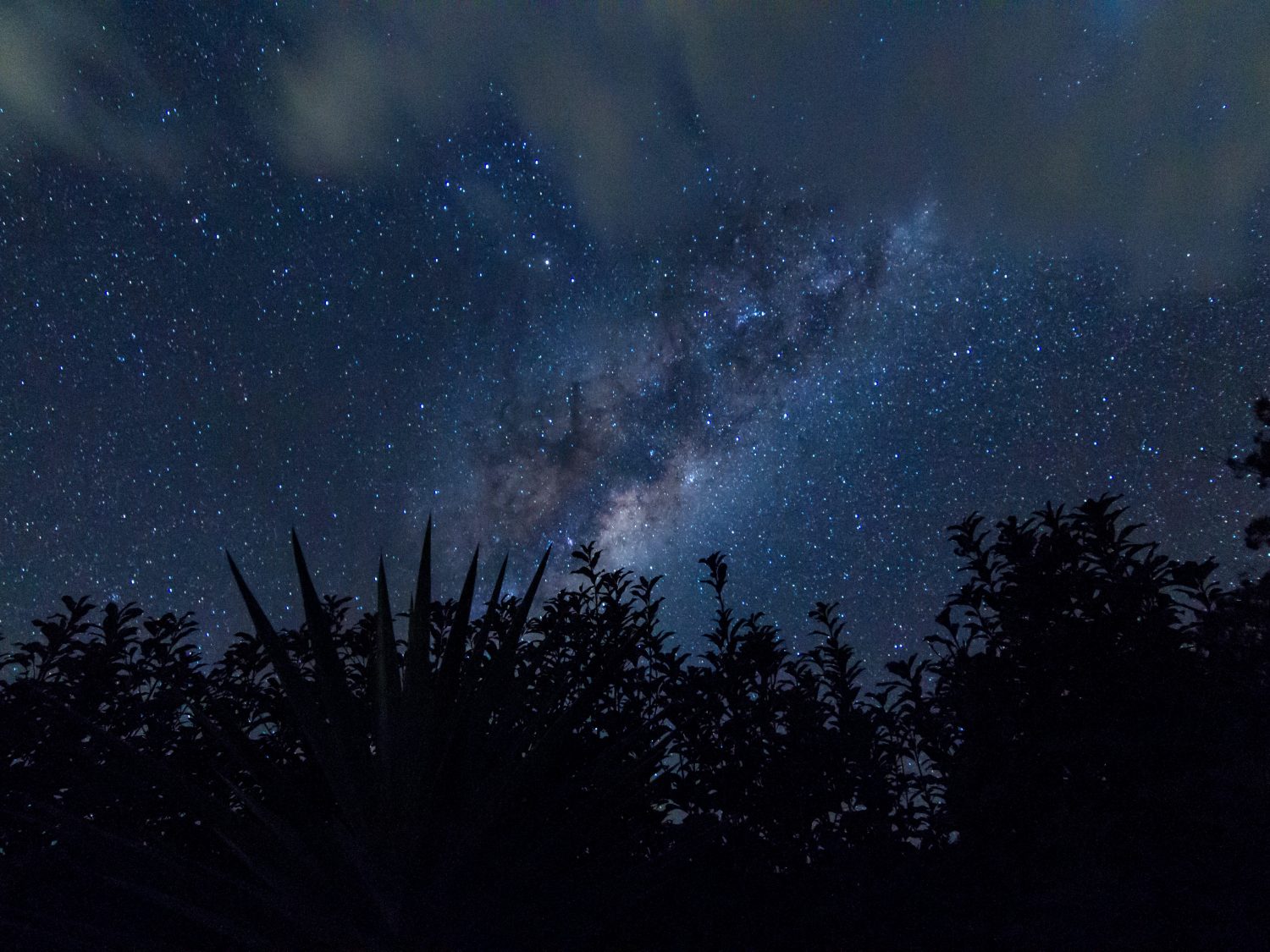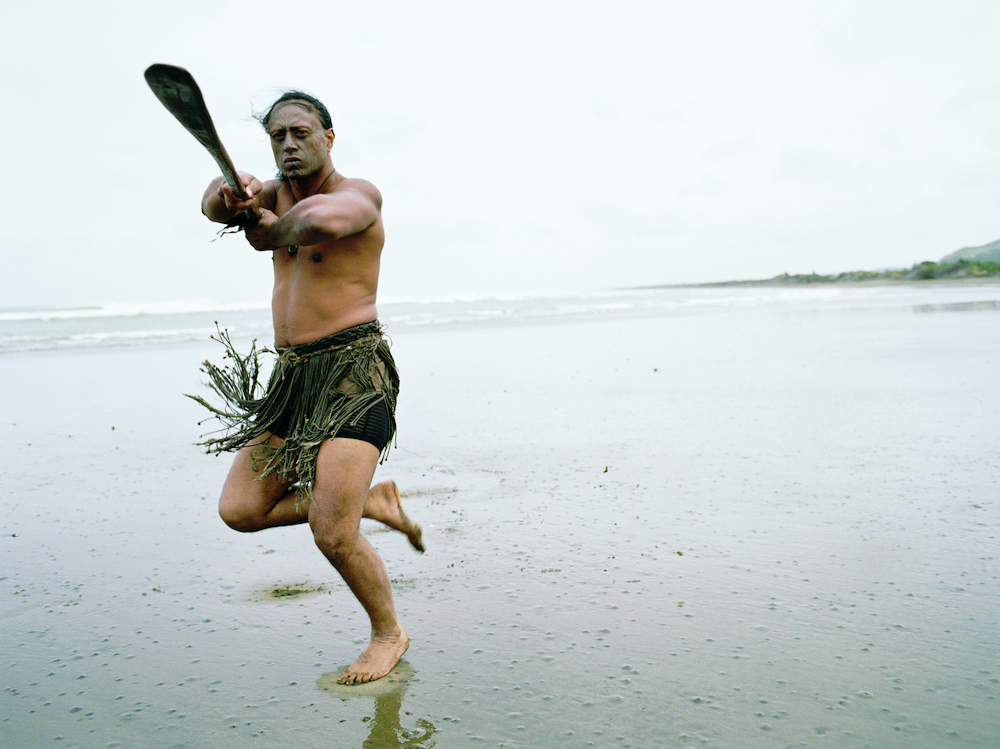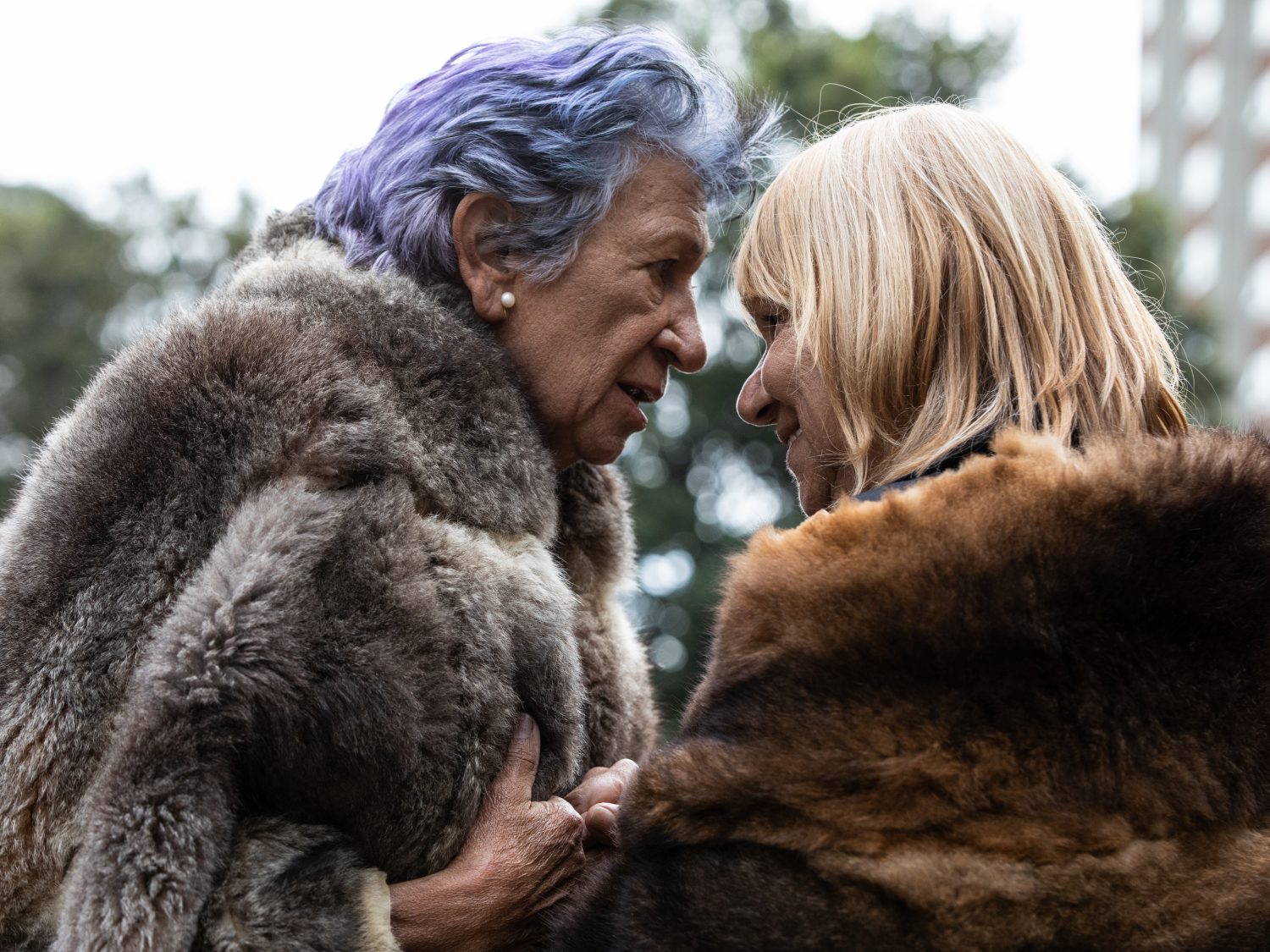LATEST
- In March 2024, 46 First Nations representatives were elected to the SA Voice to Parliament; the results are available here.
BACKGROUND
While no formal Treaty has ever been signed between Aboriginal and Torres Strait Islander peoples and the British or Australian governments, it could have been different in South Australia.
In 1832, George Arthur, the Governor of Van Diemen’s’ Land (now Tasmania) noted that it was ‘a fatal error… that a Treaty was not entered into with the natives’ in the colony. Arthur recommended a Treaty be signed before a colony was set up in South Australia. Unlike other areas of Australia, British colonisation of the area that is now known as South Australia was meticulously planned. The South Australia Act 1834 legislated for the establishment of a settlement in South Australia. In 1836, Letters Patent establishing the Province of South Australia were issued. Significantly, the Letters Patent included recognition of the rights of the ‘Aboriginal Natives’ to live within the lands of the new Province. Despite the existence of the Letters Patent, the rights of First Nations peoples were ignored.
The path to contemporary treaty in South Australia began in 2016, when Kyam Maher, the South Australian Minister for Aboriginal Affairs and Reconciliation, announced that the state government would commit $4.4 million over five years towards the establishment of up to 40 Treaties across South Australia. In February 2017, senior Kokatha and Mirning man Dr Roger Thomas was appointed Treaty Commissioner for South Australia and began a two-phase consultation process.
In April 2017, the Commissioner met with over 280 First Nations people around the state and received many written submissions. In an interim report, Dr Thomas noted a strong appetite for Treaty. He also noted a firm belief within the First Nations community that any Treaty process ‘should not be rushed’. A second stage of consultation was held between May – July 2017.
In September 2017, the first negotiations in Australia between a government and a First Nation explicitly understood as Treaty discussions commenced between South Australia and the Ngarrindjeri nation.
In February 2018, the then Labor government signed the Buthera Agreement with the First Peoples of the Yorke Peninsula, the Narungga nation, committing the parties to a three-year process of negotiations. That same month, the Ngarrindjeri Regional Authority and the State government signed an agreement noting the State’s ‘[desire] to enter into a Treaty’, and obligating the State to ‘promote a legislative structure that enables the parties to enter in the Treaty negotiated between them’.
In June 2018, these negotiations were abandoned by the incoming Liberal government with Premier Steven Marshall declaring state-based Treaties ‘expensive gestures’ that should be negotiated instead at a federal level.
In March 2022, the Labor party secured government in the South Australian state election. South Australia’s incoming Attorney General, Kyam Maher, re-confirmed the State government’s commitment to establishing Treaties with First Nations peoples – a process that has begun through institutionalising a First Nations Voice in the State’s parliament. On 26 March 2023, the South Australian Parliament passed the First Nations
Voice Bill 2023.
Between August 2022 and January 2023, the Commissioner supervised Treaty consultations with First Nations peoples from across the State.
A year after legislation passed the South Australian Parliament, in March 2024, First Nations peoples in South Australia voted in the Voice’s first ever election, with 46 people elected to sit on the six local Voices. Two presiding members from each Local Voice will be appointed to sit on the State Voice. It is expected that the Voice will advance treaty talks in South Australia.
Further Reading
Treaty in SA Factsheet
To read a more in depth account of Treaty in South Australia, you can access our Factsheet here.
Other links
